No products in the cart.
PICkit3 Debugger Programmer Emulator Controller Development Board
In Stock
In Stock
Add to Wishlist
CompareAdd to Wishlist
-
Full-speed USB support using Windows standard drivers
-
Real-time execution
-
Processors run at maximum speeds
-
Built-in over-voltage/short circuit monitor
-
Low voltage to 5V (1.8 to the 5V range)
-
Read/write program and data memory of the microcontroller
-
Program up to 512K byte flash.
-
PICkit3 Debugger Programmer Emulator Controller Development Board
Description
- Debugger and Programmer: The PICkit3 serves as both a debugger and a programmer for Microchip’s PIC microcontrollers. It allows you to load and debug firmware on PIC microcontrollers, as well as program them with your compiled code.
- Emulator: In addition to debugging and programming, the PICkit3 can function as an emulator, allowing you to simulate the behavior of a PIC microcontroller in real-time on your development PC. This is useful for software debugging and testing without the need for the actual hardware.
- Development Board: The PICkit3 is often used in conjunction with a development board that features a PIC microcontroller. These development boards come in various configurations and are designed to make it easier to prototype and test your projects.
- Microcontroller Compatibility: The PICkit3 is compatible with a wide range of PIC microcontrollers, including popular families like PIC16, PIC18, PIC32, and more. Ensure that your target microcontroller is supported by the PICkit3.
- Connection Interface: The PICkit3 typically connects to your target microcontroller via a 6-pin ICSP (In-Circuit Serial Programming) header or a 2-pin ICSP connection for newer PIC microcontrollers. The ICSP header allows for in-circuit programming and debugging.
- Software Support: Microchip provides software tools, such as MPLAB X IDE (Integrated Development Environment), which is used for writing, compiling, and debugging code for PIC microcontrollers. The PICkit3 integrates with MPLAB X for seamless development.
- Voltage Range: The PICkit3 can operate with different voltage ranges, typically from 2.0V to 5.0V, depending on the target microcontroller. This allows it to work with various PIC microcontrollers that have different voltage requirements.
- Debugging Features: The debugger functionality includes breakpoints, single-step debugging, real-time variable watch, and other debugging tools to help you diagnose and troubleshoot your code.
- Programmer Features: As a programmer, the PICkit3 can erase, program, and verify the flash memory of PIC microcontrollers. It supports various programming modes and memory regions.
- Customization: The PICkit3 can be customized for specific tasks using the MPLAB X IDE and configuration files. You can tailor its behavior to meet your project’s requirements.
- Development Environment: To use the PICkit3 effectively, you will need the appropriate development environment, including the MPLAB X IDE and necessary drivers.

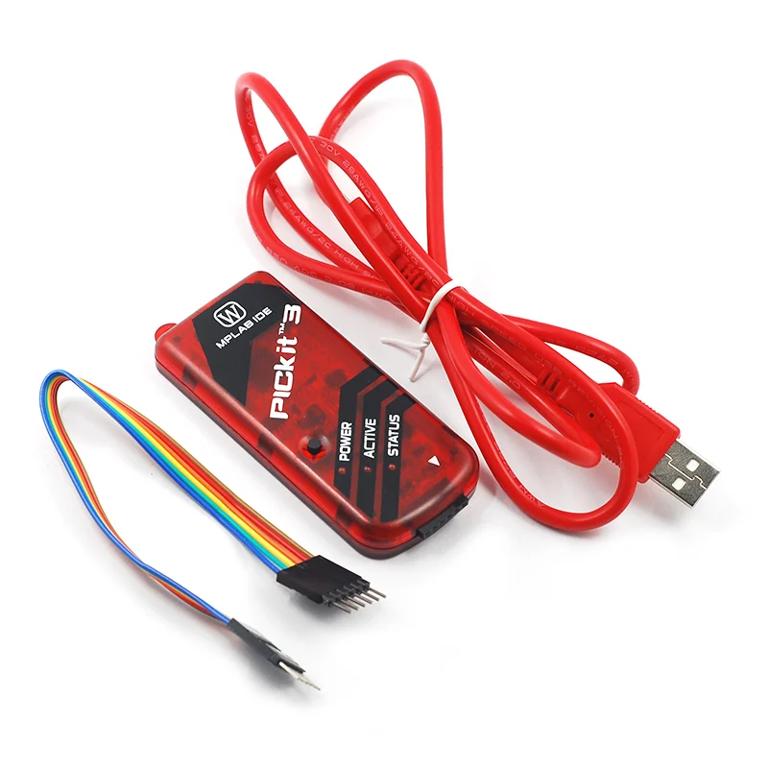
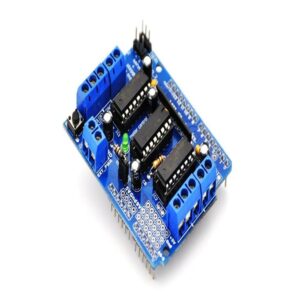
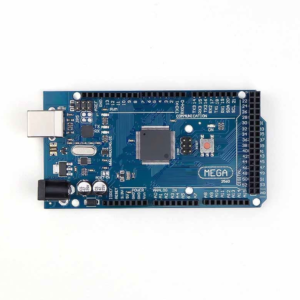
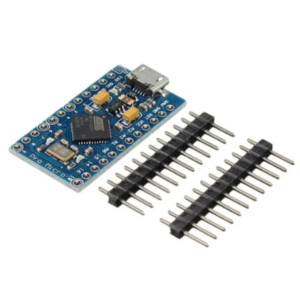
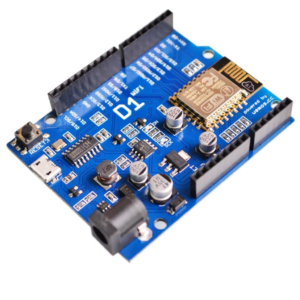
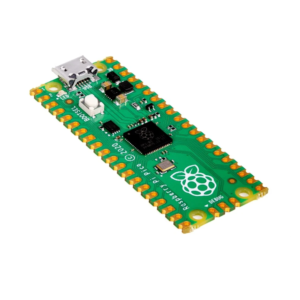
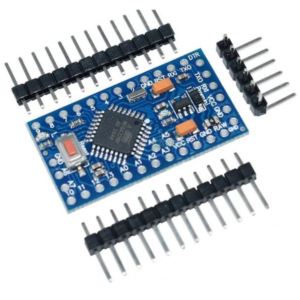
Reviews
There are no reviews yet.